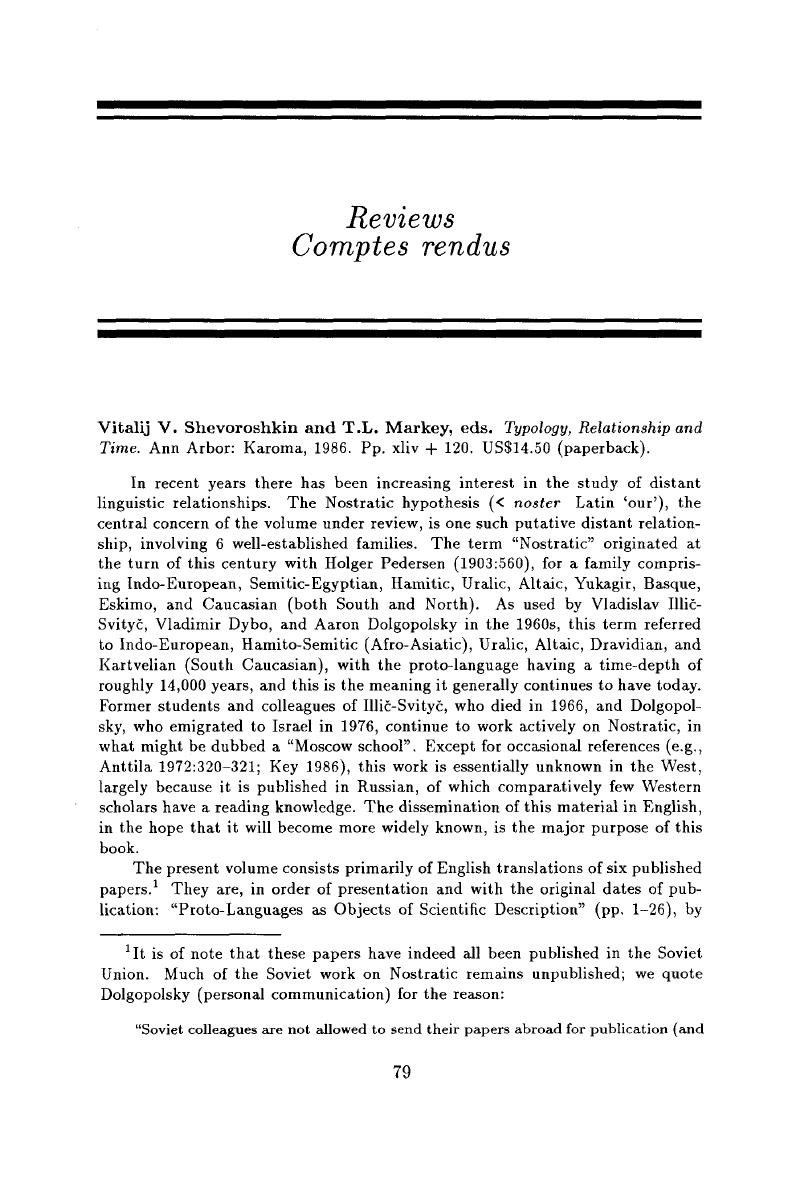Crossref Citations
This article has been cited by the following publications. This list is generated based on data provided by Crossref.
Tambovtsev, Yuri A.
1988.
Thomas V. Gamkrelidze and Vyacheslav V. Ivanov. Indoevropejskij jazyk i indoevropejcj: Rekonstrukcija i istoriko-tipologičeskij analiz prajazyka i protokul’tury [The Indo-European Language and the Indo-Europeans: A Reconstruction and Historical-Typological Analysis of Proto-Language and Proto-Culture]. 2 volumes. Tbilisi: Tbilisi University Press. 1984. Vol. 1, pp. xcvi + 5–428. 4 rubles, 80 kopeks; Vol. 2, pp. 433–1329. 8 rubles, 50 kopeks..
Canadian Journal of Linguistics/Revue canadienne de linguistique,
Vol. 33,
Issue. 3,
p.
302.





